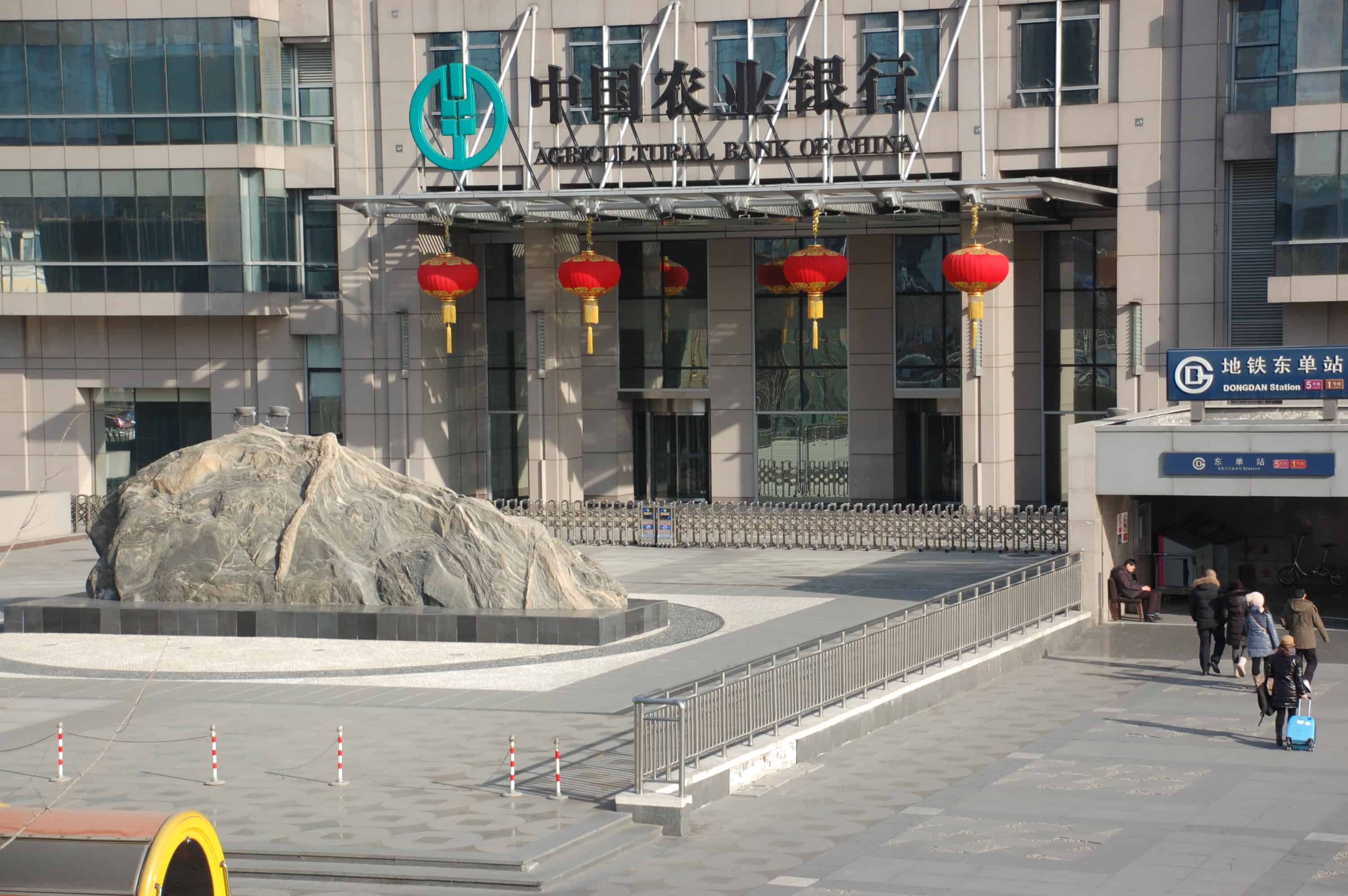The 2016 performance results for 25 of China’s A-share banks point to a strong rebound in growth following a protracted slow spell on the back of narrowing interest margins.
According to data released by CBRC China’s commercial banks achieved net profits of 1.65 trillion yuan in 2016, for year-on-year growth of 3.54%, and a sizeable rebound compared to the 2015 figure of 2.43%.
An analysis by Beijing Business Today indicates that out of 25 Chinese A-share banks a total of 16 posted growth ahead of this average.
China’s larger state-owned lenders fell behind their commercial peers due to their higher baseline, with net profit growth hovering at around 1%.
Their sheer size nonetheless meant that their earnings dwarfed those of their smaller competitors, with the big five banks seeing combined net profits of over 900 billion yuan, for average daily earnings of 2.535 billion.
Interest revenues slide as margins narrow
Interest margins are narrowing as a result of government efforts to marketise the rates regime, squeezing the earnings of banks that have traditionally relied upon generous price controls for profits.
During the period from November 2014 to February 2016 the Chinese central bank narrowed margins with rate cuts on five separate occasions, leaving a major dent in net interest revenues.
The annual reports of listed banks indicate that the majority saw a slide in net interest revenue last year, with a fall of between 6 – 9% for the big five state-owned lenders.
Interest revenues nonetheless comprise the king’s share of operating revenues, accounting for 78.67% at Agricultural Bank of China, 69.83% at Bank of Communications, 69.81% at ICBC, 69.05% at China Construction Bank, and 63.28% at Bank of China.
For regional lenders interest earnings are an even more important component of net revenues, accounting for over 80% at both Bank of Guiyang and Bank of Hangzhou.
Lenders look to intermediary operations to pick up the slack
In the wake of the squeeze on interest margins, Chinese banks are boosting their intermediary operations as an alternative source of earnings.
Tao Wenping, a partner with PwC China, points out that processing fee revenue increased a share of interest and processing fee revenue across the board for listed banks last year.
An outstanding example of this trend is Changshu Bank, which posted the biggest interest earnings decline in 2016 with a drop of 26.7%, yet managed to increase revenue from processing fees and commissions by 226.91% year-on-year.
The majority of listed China’s banks are following suit, posting double-digit growth in processing fees and commissions revenue in 2016.
Regional and municipal banks have been particularly active on this front, with Bank of Beijing, Bank of Ningbo and Bank of Jiangsu all seeing increases of between 30 – 50%.
A key source of growth for processing fee and commissions revenues is cross-bank account transfers and consulting services, as well as asset management, wealth management products and retail sales operations.
The growth potential of processing fees remains limited in some areas, however, due to regulations launched by CBRC in 2014, that prompted a year-on-year drop in revenue for credit commitment and advisory services last year.
Despite efforts by regulators to clamp down on the property market, home loans remain a major source of new lending amongst Chinese banks because of the returns they provide as well as low default rates.
Almost all of China’s A-share listed banks expanded personal home loans last year, led by China Construction Bank, whose balance increased by 811.75 billion yuan to hit 3.585 trillion yuan.



